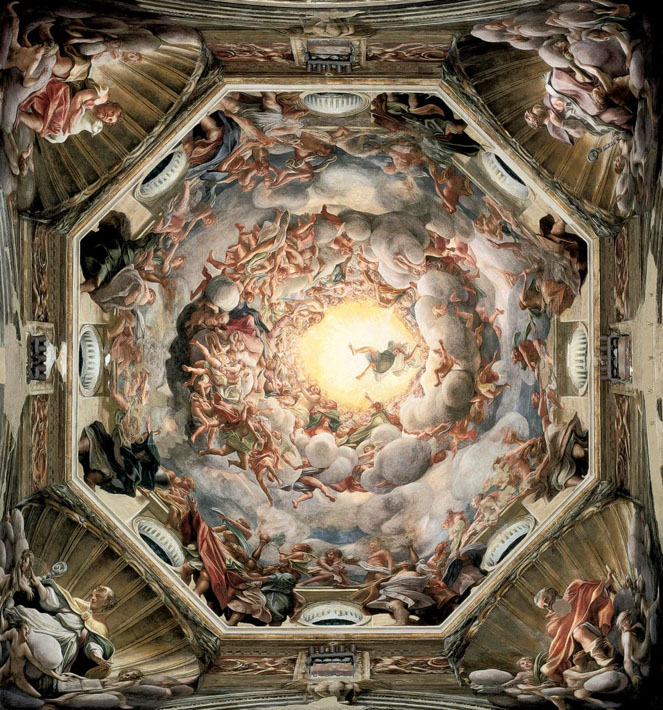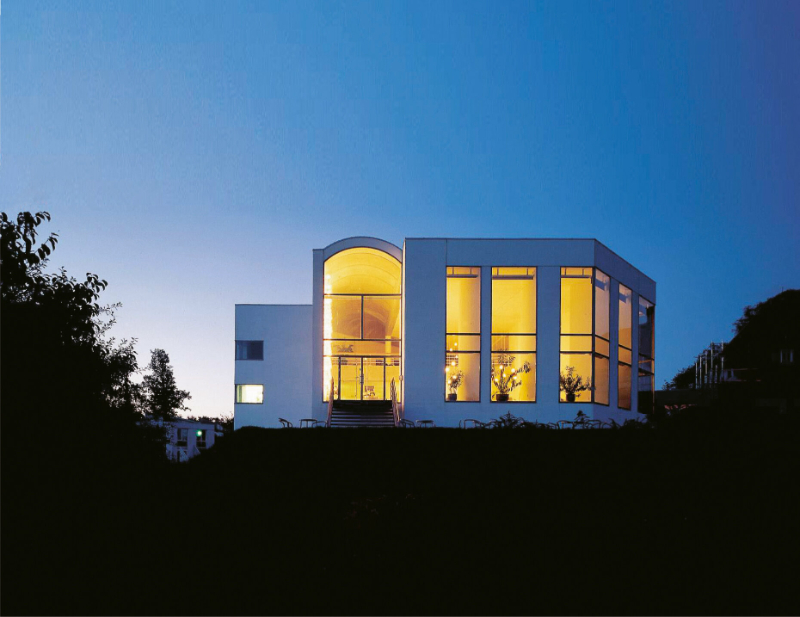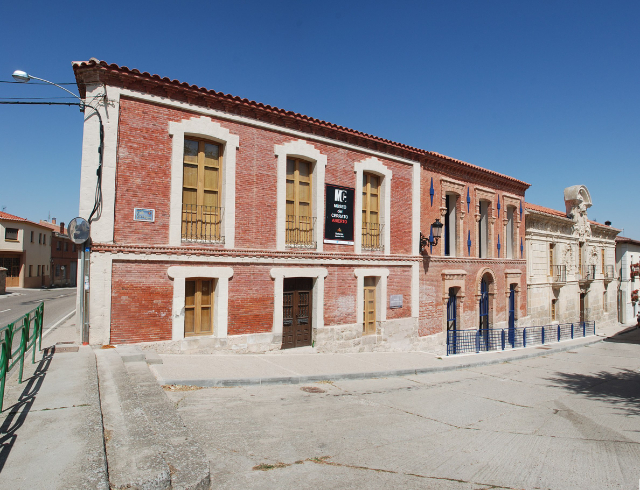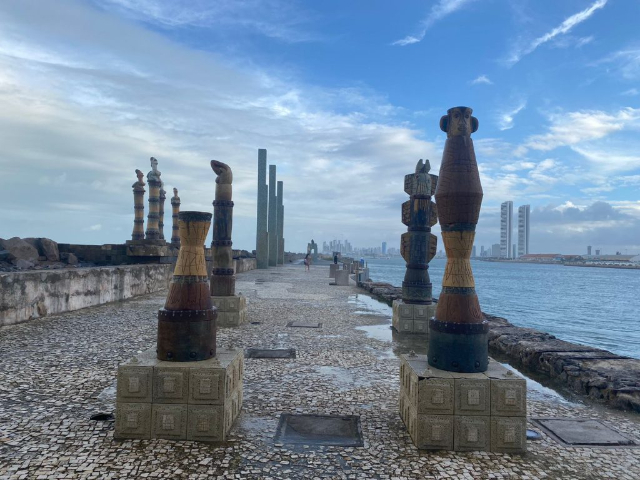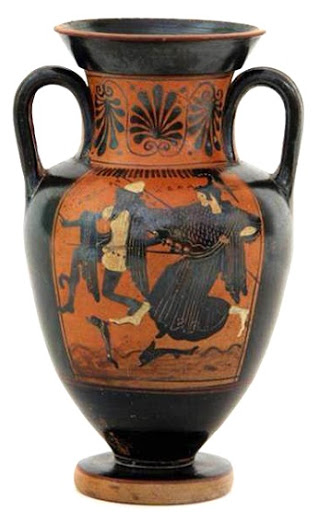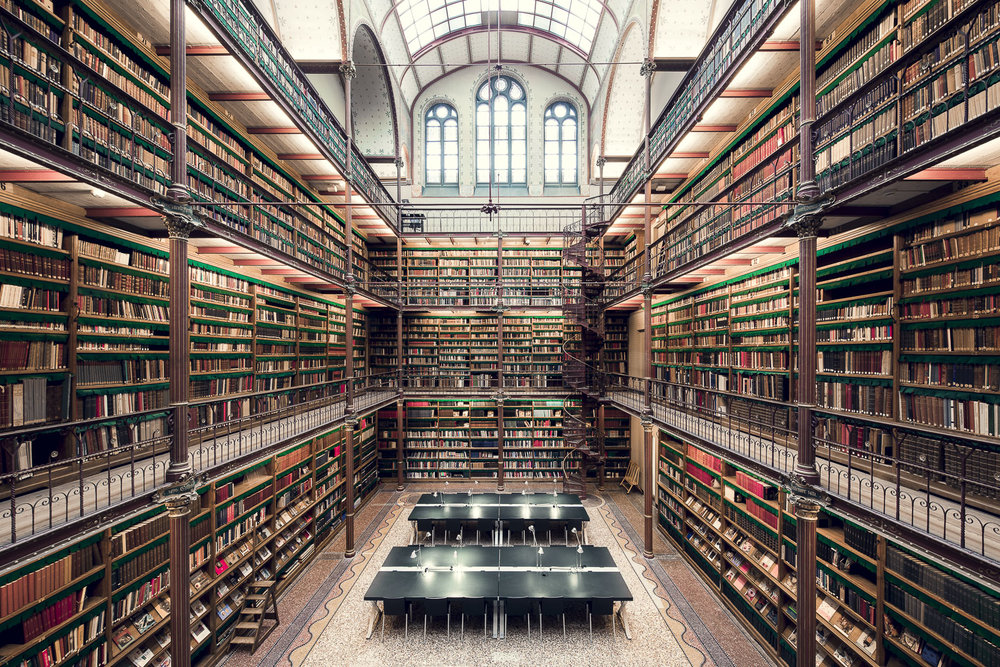In a vortex of clouds and light, the Assumption of the Virgin of Correggio makes the dome of the Cathedral of Parma, said Anton Raphael Mengs, "the most beautiful of all, which was painted before and after him". Countless people – among them famous artists and scholars – were amazed over the centuries by the execution of the two domes in Parma frescoed by Correggio in San Giovanni Evangelista and in the cathedral, between 1520 and 1530.It has been said that "Parma was to Correggio what Rome was to Raphael", but in a certain sense the Emilian capital was even more: in a few years the city enthusiastically embraced the painter and granted him incomparable opportunities. The overcoming of the "economic imbalance" between the small size of Parma – inhabited by about 16,000 inhabitants – and the impressiveness of the initiatives is surprising; explored in the last studies was partly due to the strength of the local culture, and partly probably to the not present but important personality of the bishop, Cardinal Alessandro Farnese. He, appointed in 1509 and coming from the highest circle of Italian humanism (a former pupil of Pomponio Leto and friend of Lorenzo de’ Medici), was well placed among the illustrious intellectuals of Florence. Many people think that the assent of the Farnese – who would become Pope Paul III in 1534 – was the opening for the extraordinary event of the dome of the Duomo.L’Assunzione della Vergine is a fresco measuring 1900 x 2800 cm (overall view). The work deals with the theme of the moment of the Assumption of the Virgin into Heaven.
the shape tending towards the elliptical, in the direction of the transept, is included in the above dimensions (1.9 x 2.8 m.). The whole work also extends to the drum (octagonal shape with the oculi of the windows).
